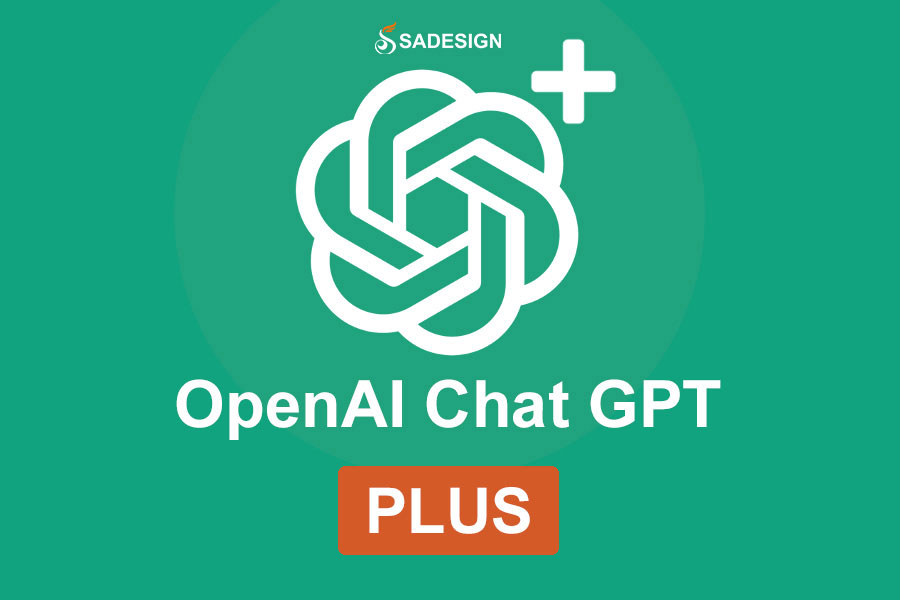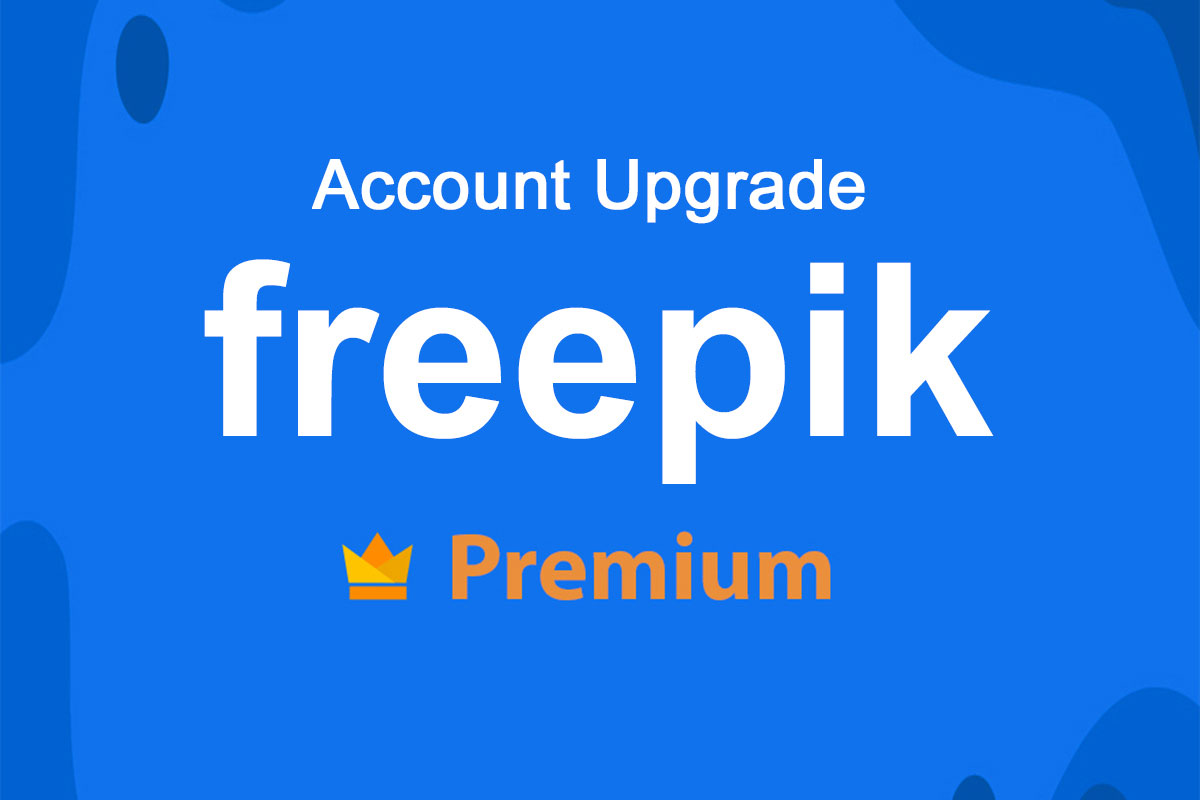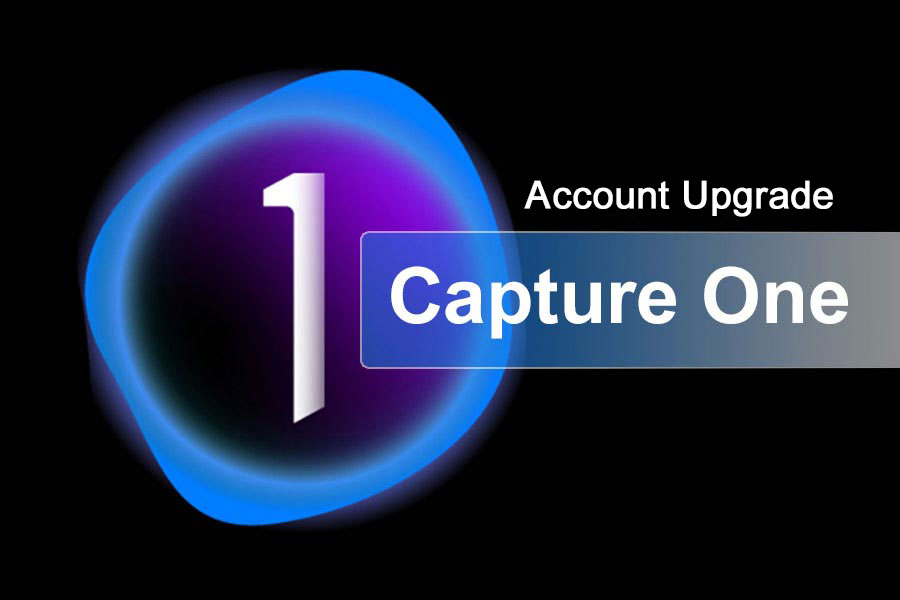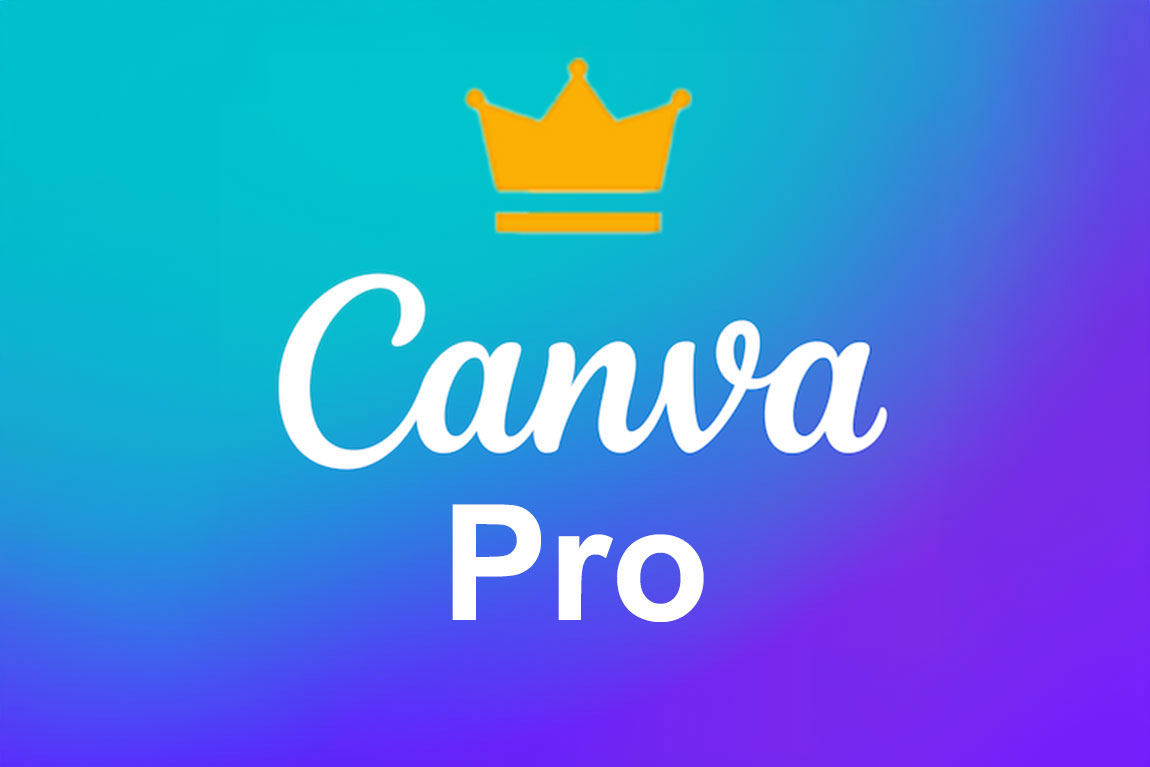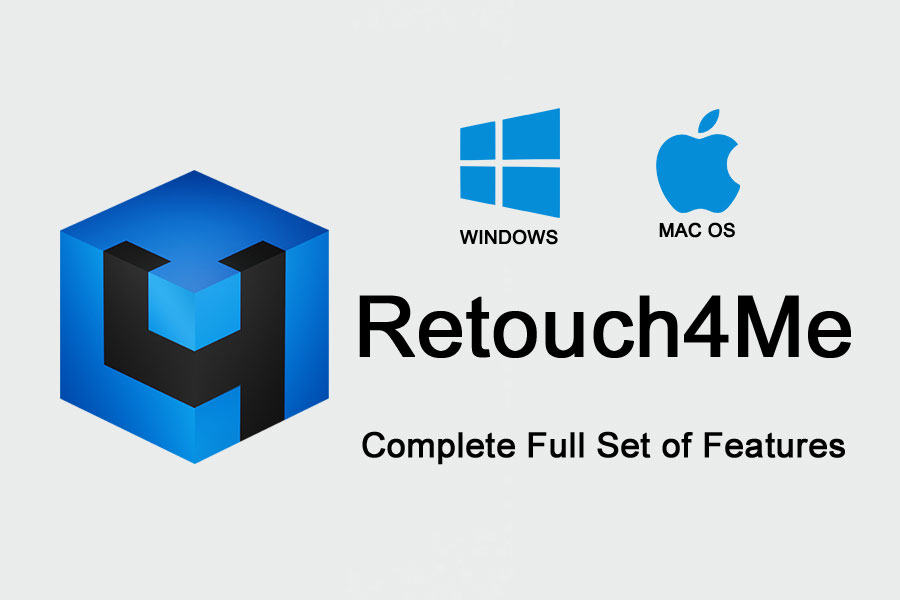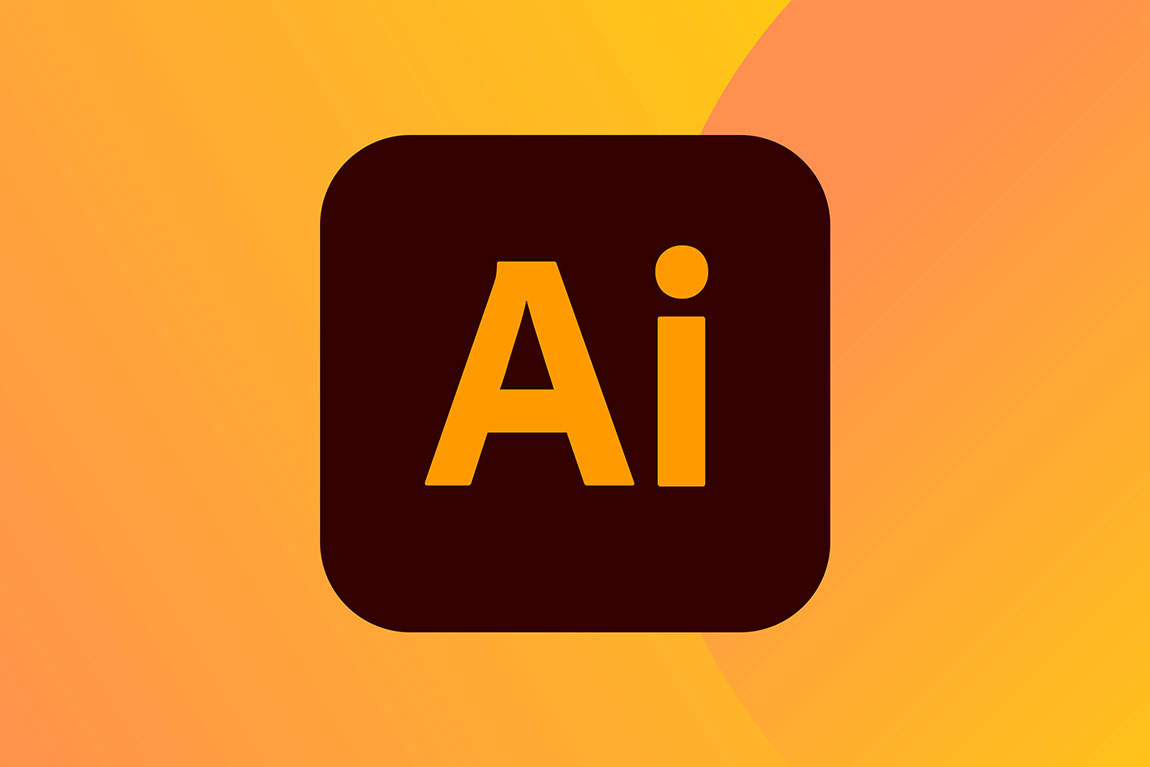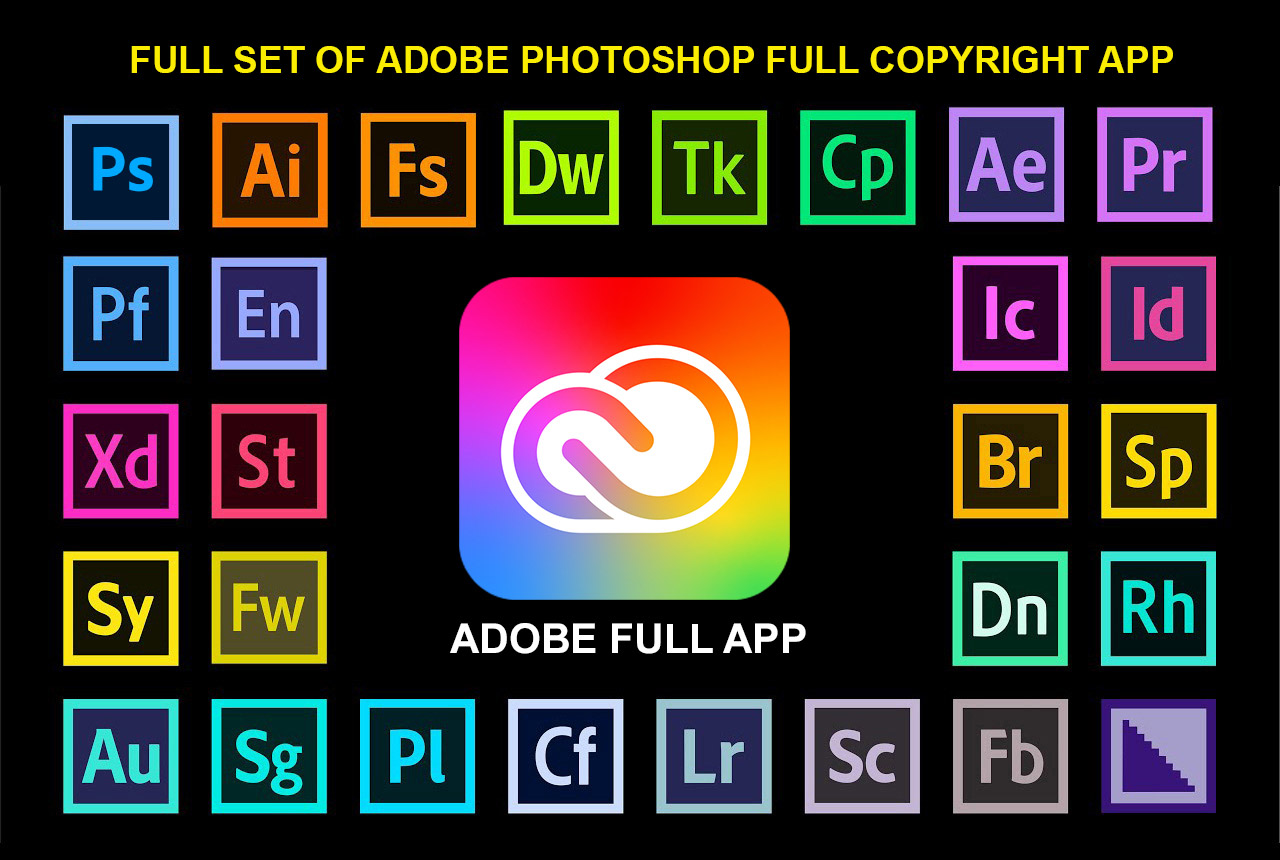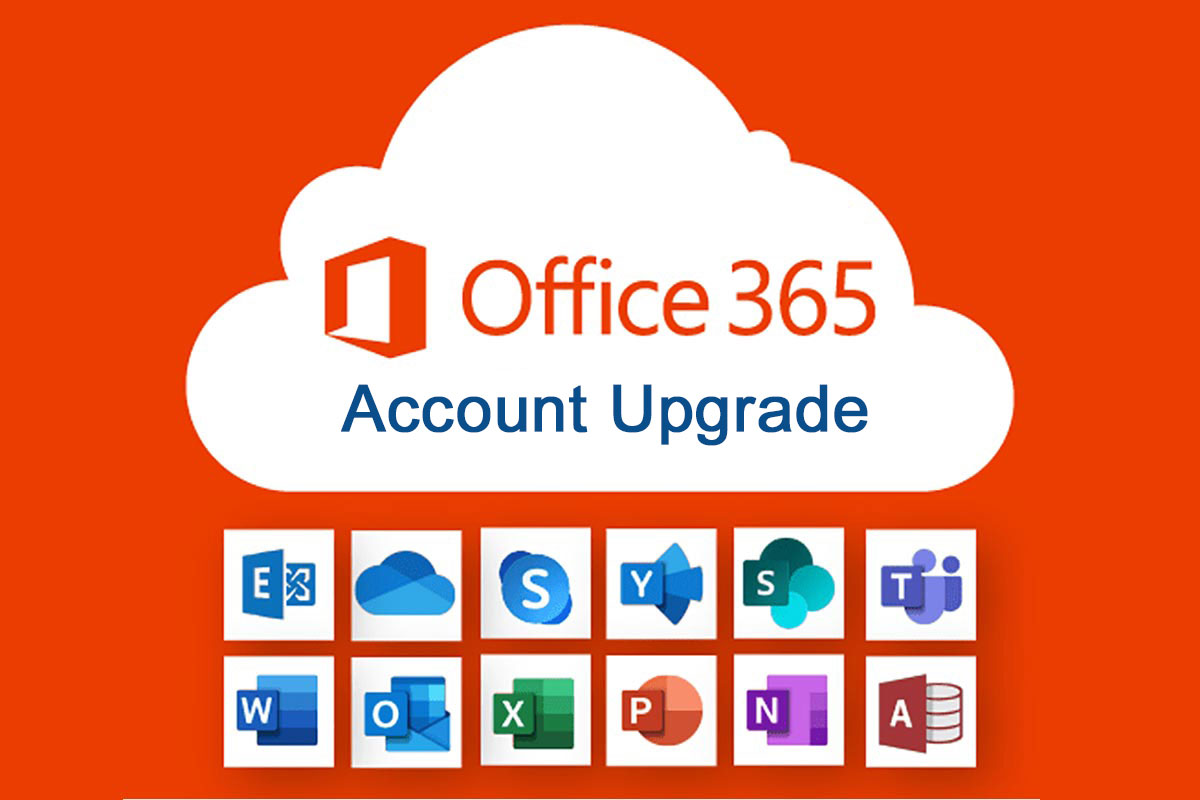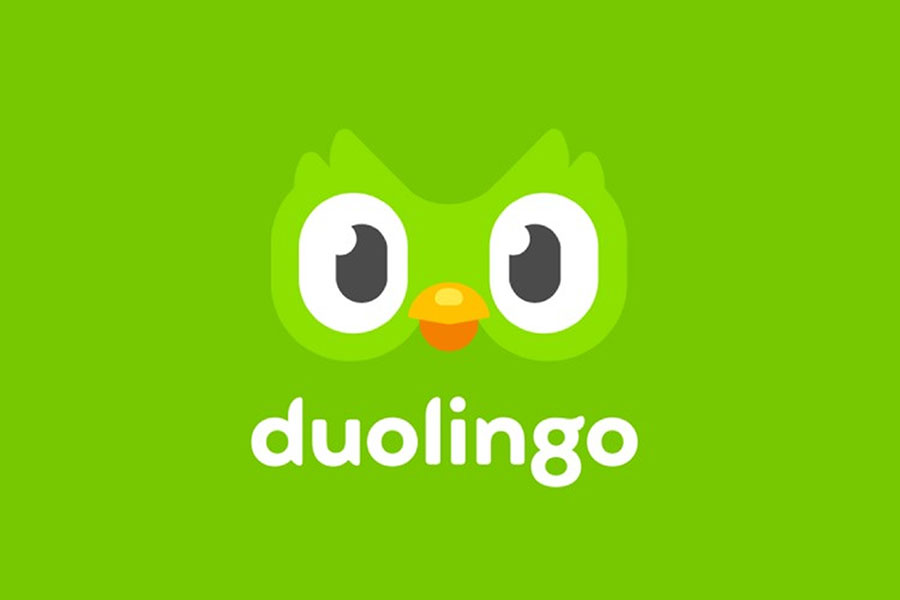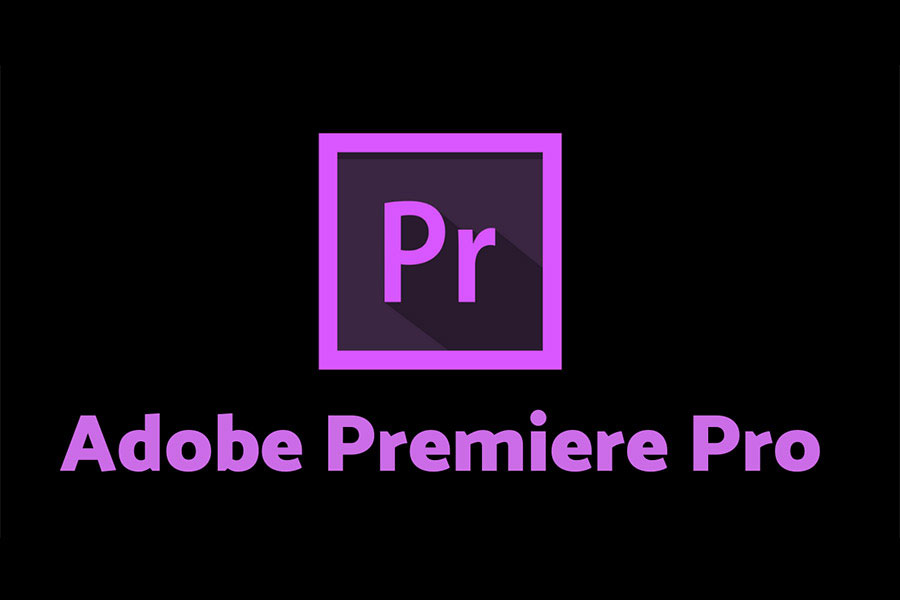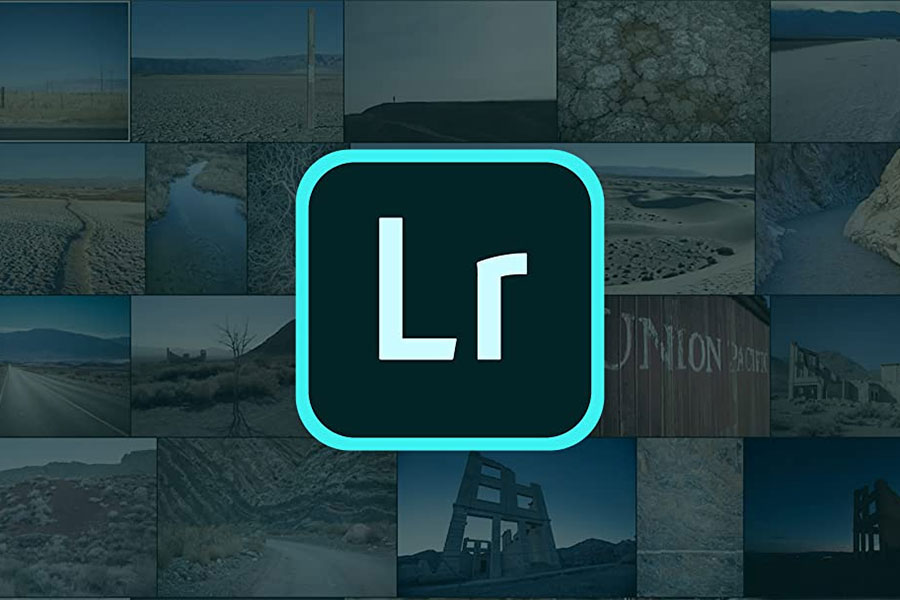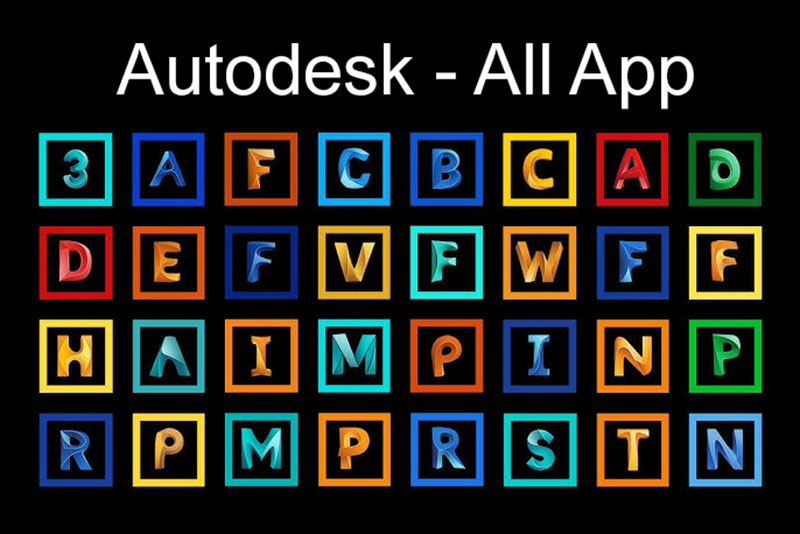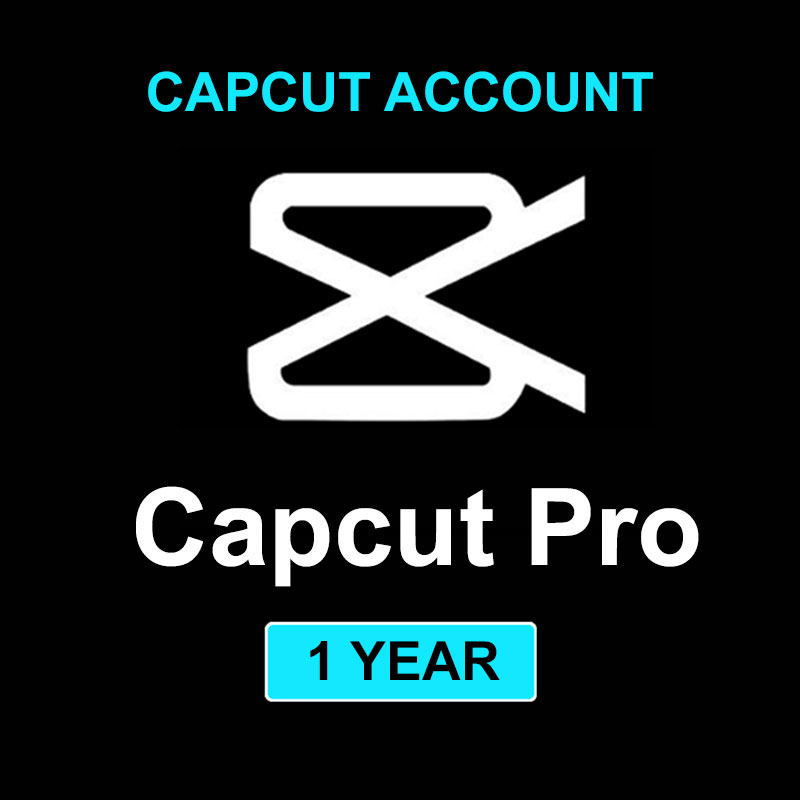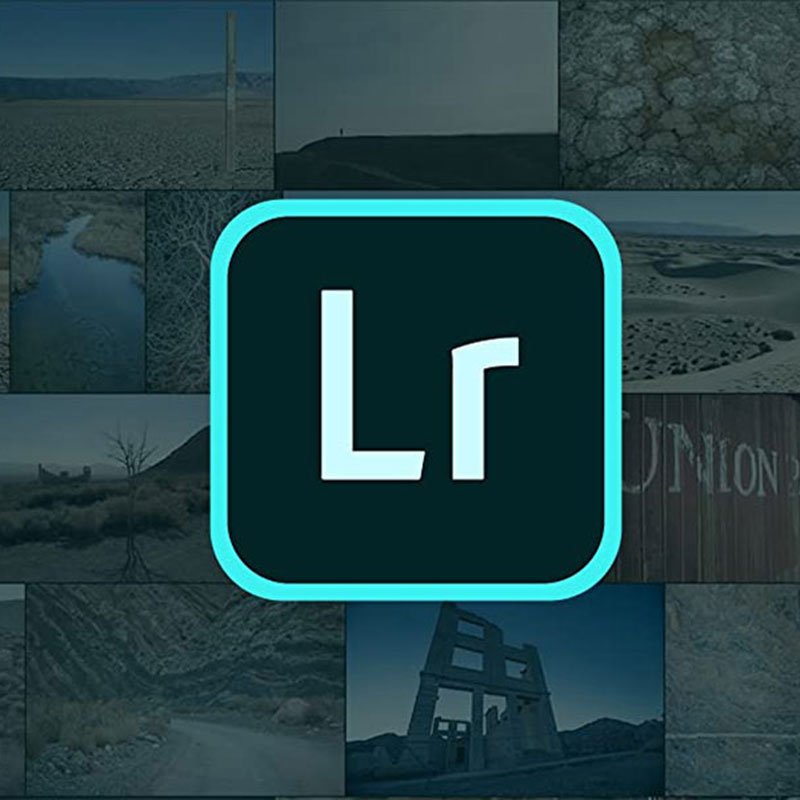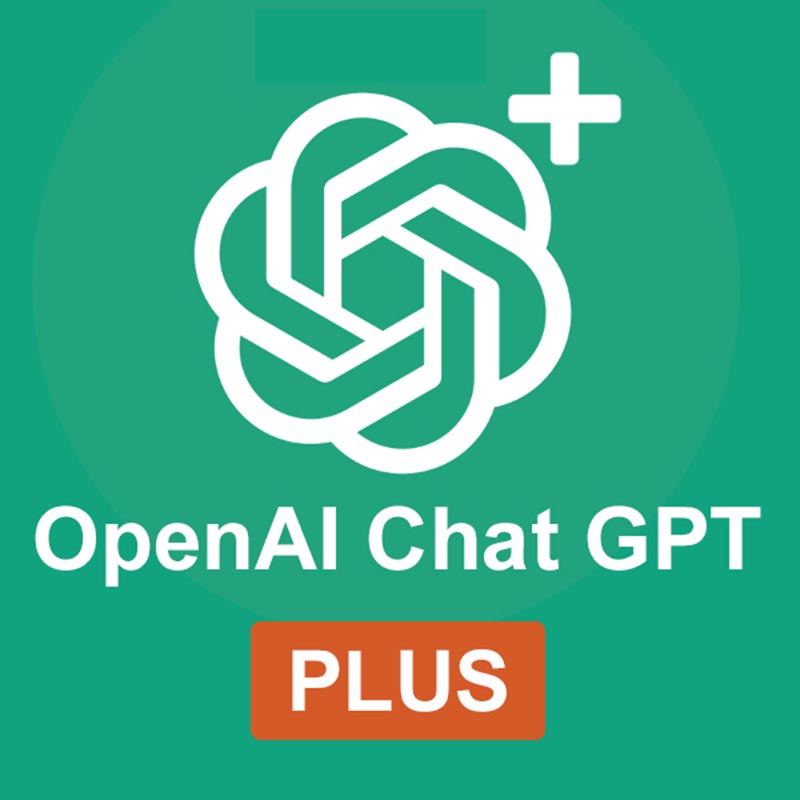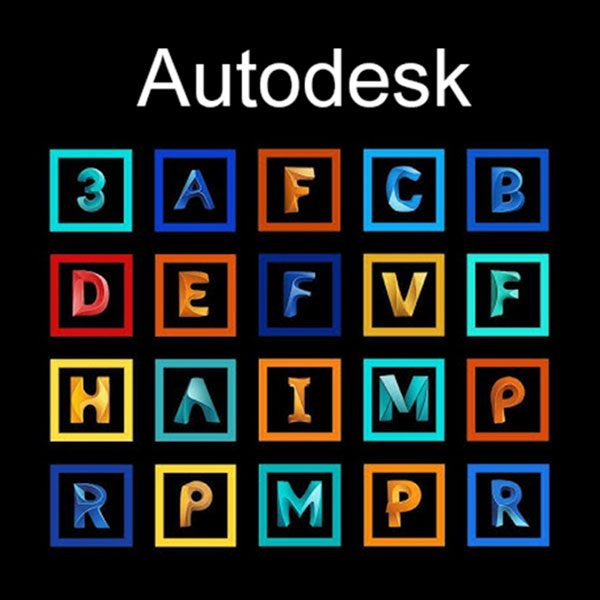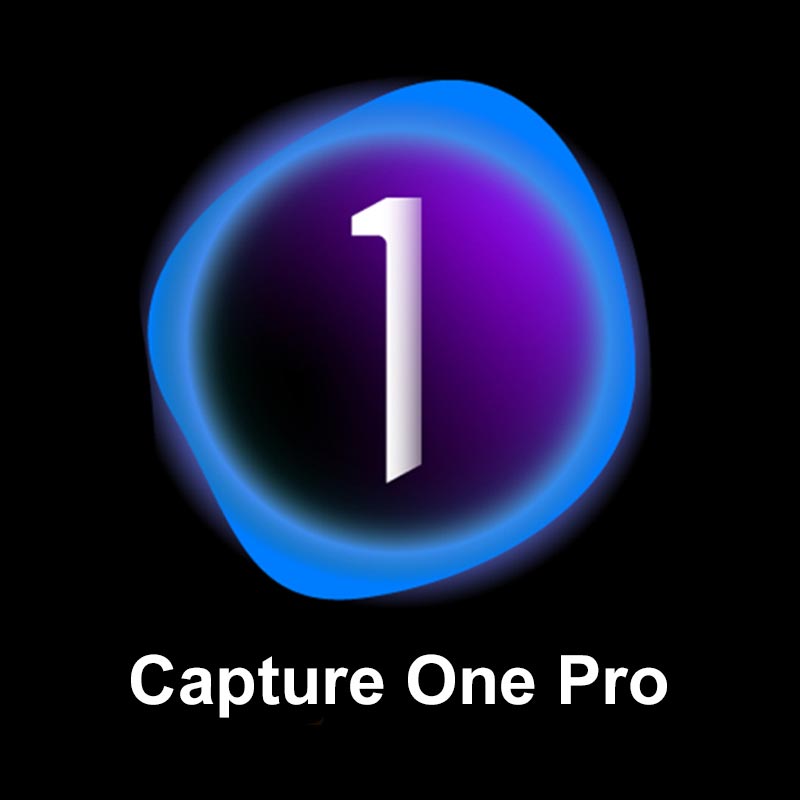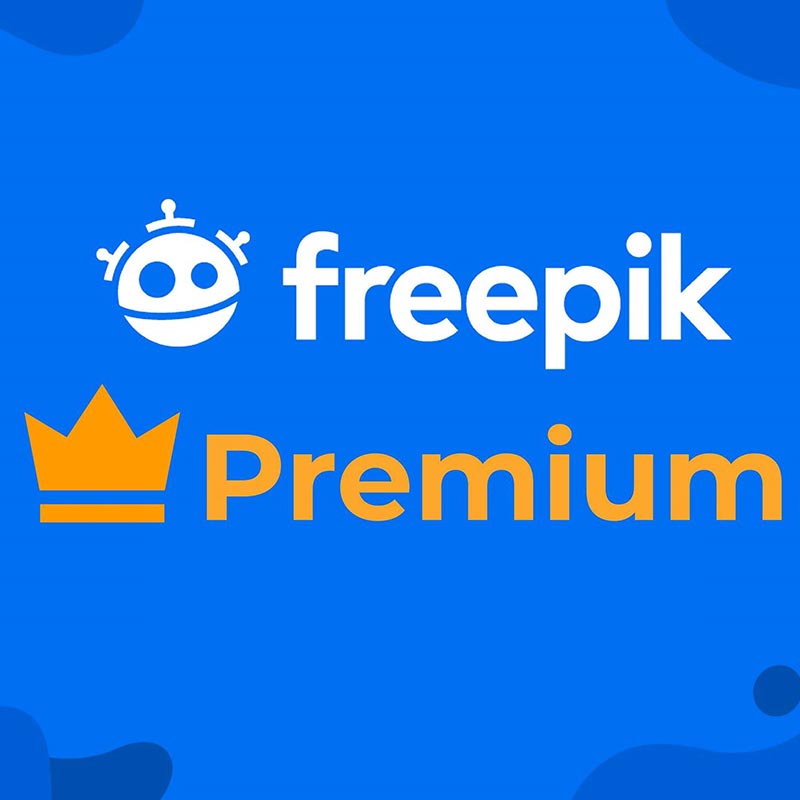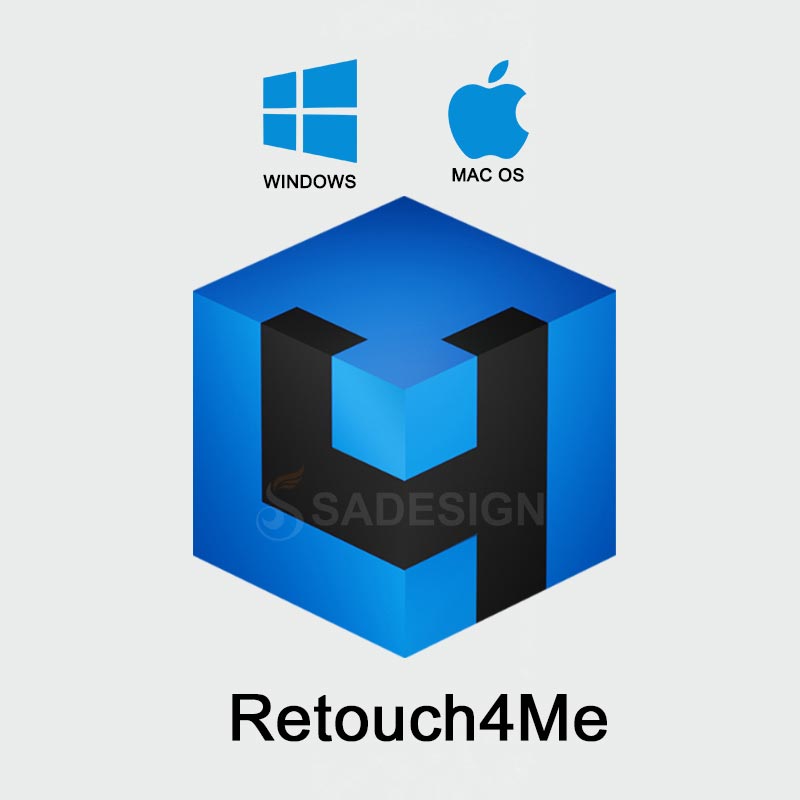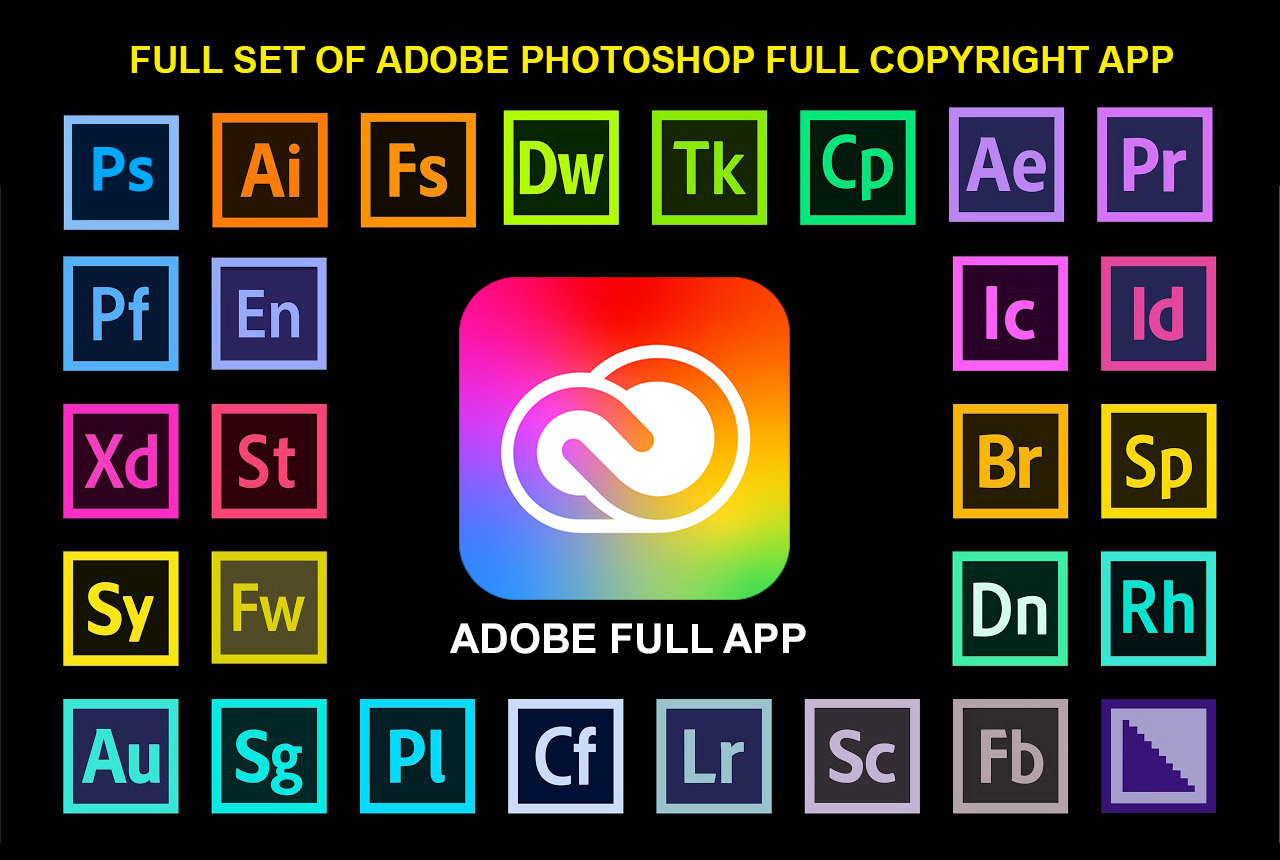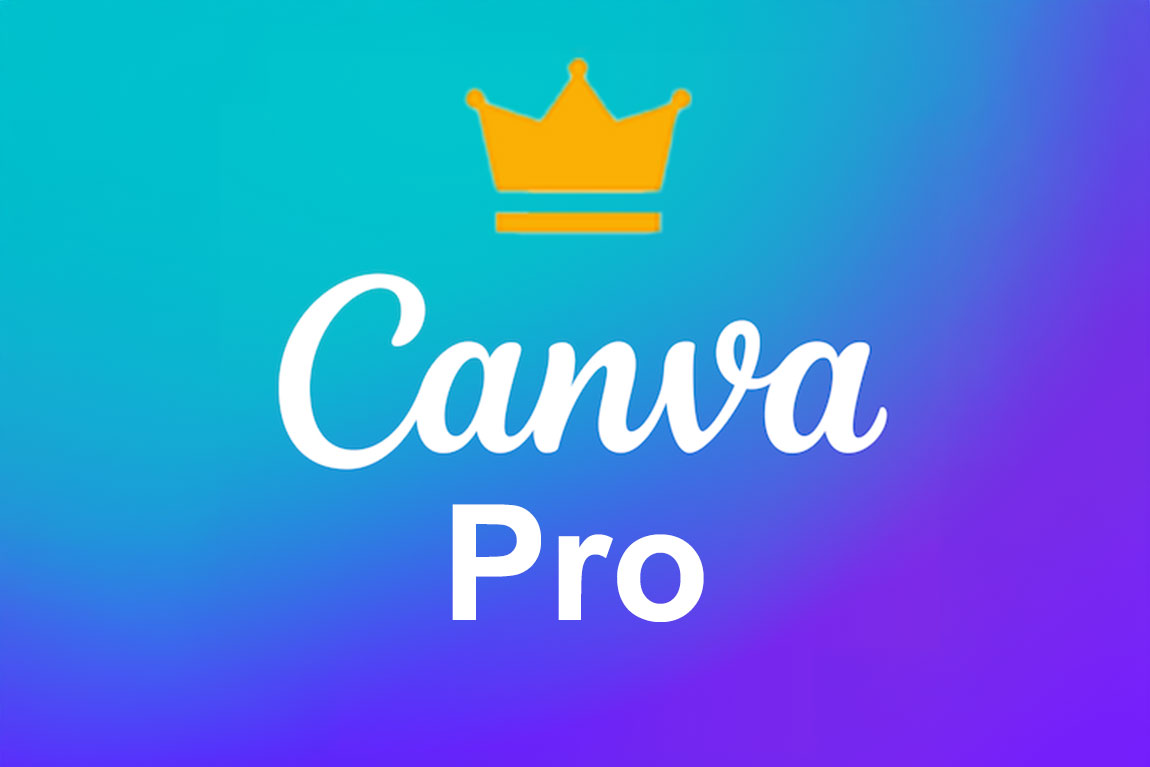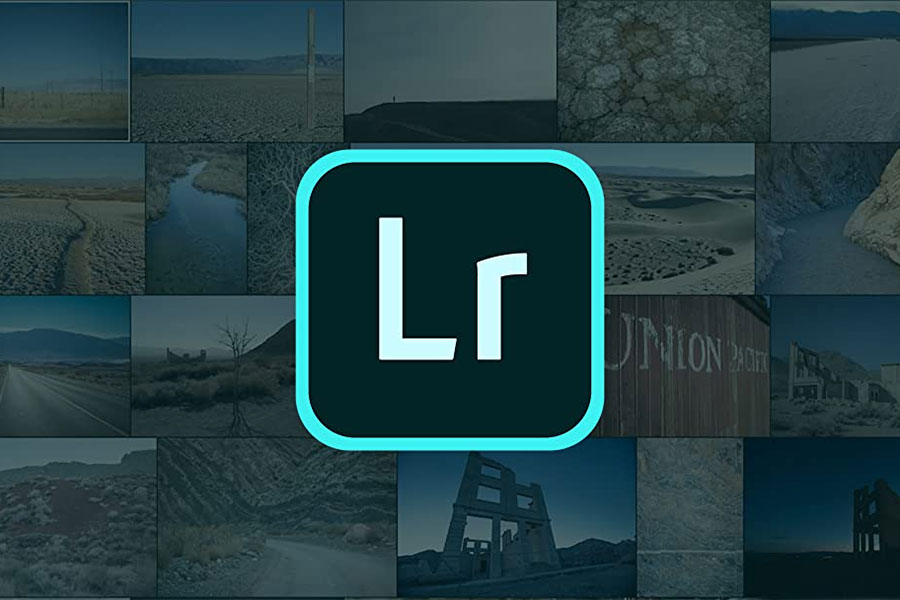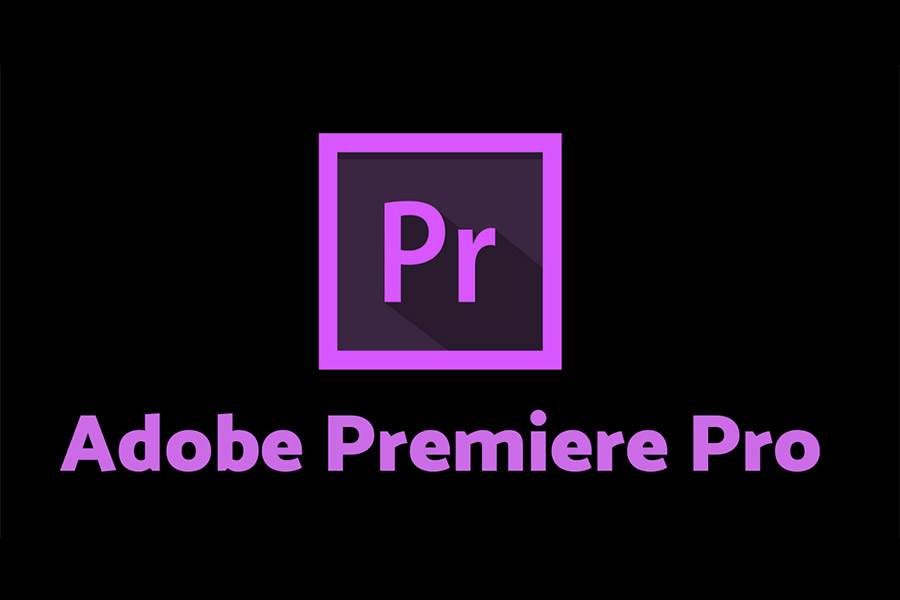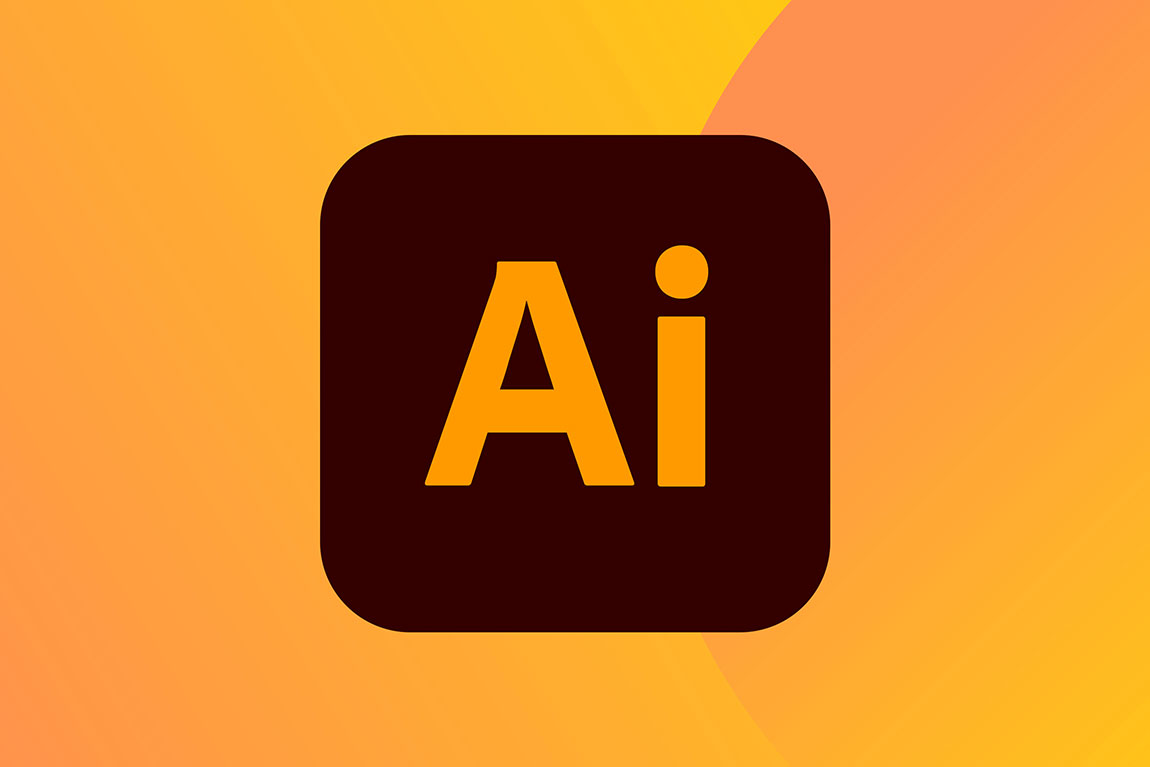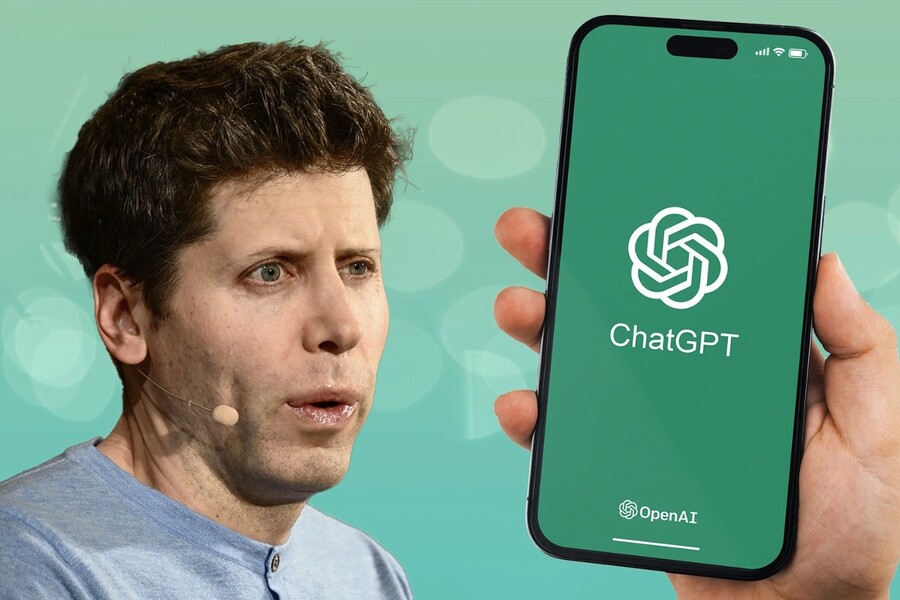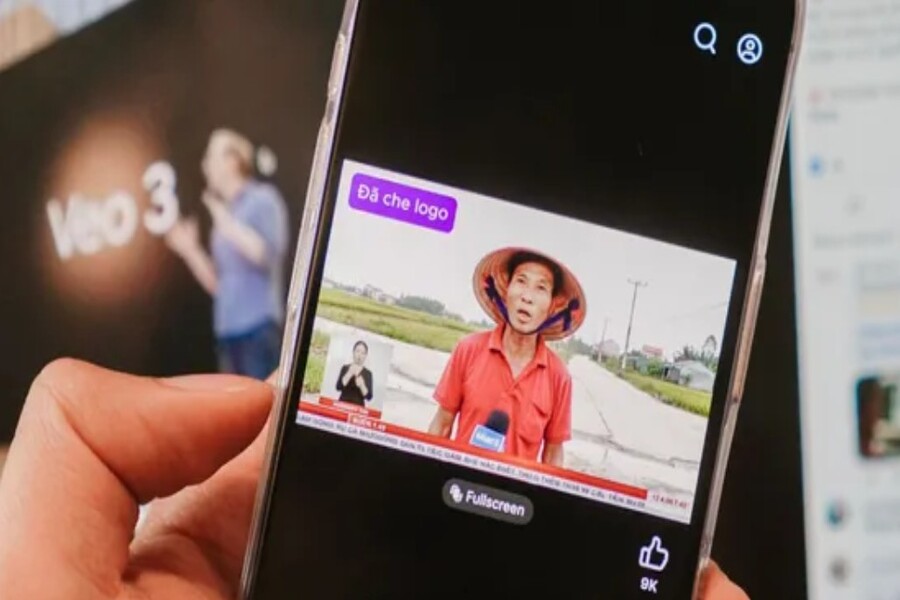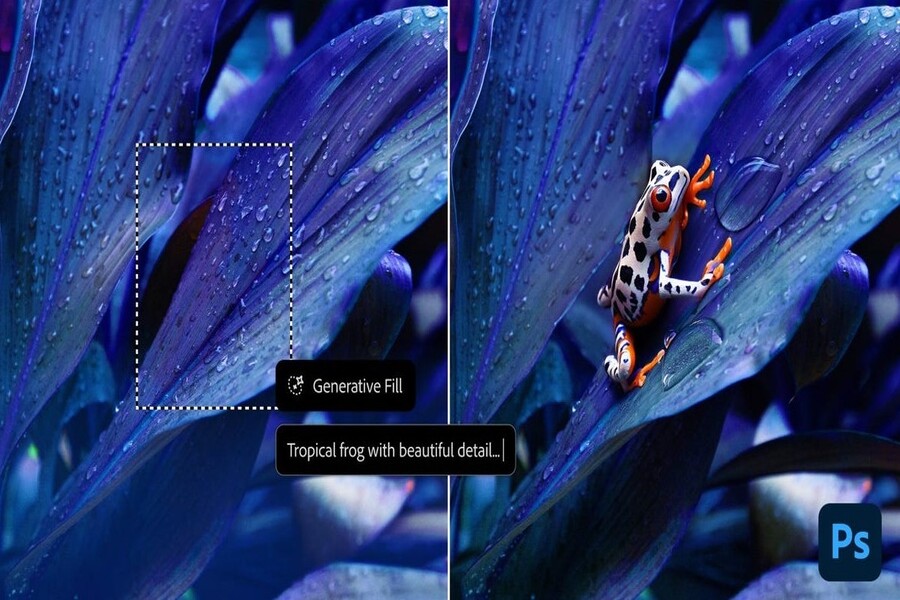Best Selling Products
GPT-5 "Free": What's the Real Price You're Paying?
Nội dung
There's no denying it: anyone can now create a ChatGPT account and start chatting with GPT-5 without paying any fees.
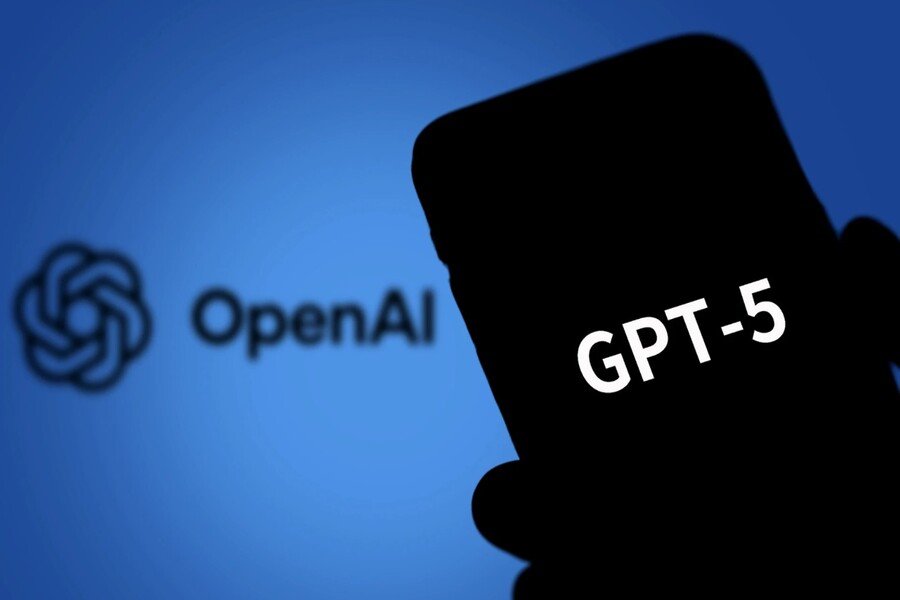
When OpenAI announced that its most powerful and advanced artificial intelligence model, GPT-5, would be made available for free to all users on the ChatGPT platform, the news immediately became a sensation in the global tech community. At a time when AI is increasingly penetrating every corner of life, having free access to cutting-edge technology seems like a rare opportunity. However, like many other “free” products in the tech world, this comes with many hidden limitations and conditions that not all users are aware of.
This article will take a comprehensive look at what you need to know under the “free” skin. From usage restrictions and model choices to privacy and how your data might be used, here’s what you need to know to use GPT-5 smartly, safely, and effectively.
1. Is GPT-5 Free?
There’s no denying it: anyone can now create a ChatGPT account and start chatting with GPT-5 for free. This is a bold and strategic move by OpenAI to bring AI closer to the average user. The ease of access has attracted millions of people to experience it, from students to technical experts, marketers, content creators…
However, free doesn’t mean limitless. In this case, OpenAI designed a clever constraint system to give users a taste of high-end technology while also motivating them to upgrade to a paid plan.
One of the most obvious limitations is the GPT-5 message limit for each free account. Specifically, users are limited to sending a maximum of 10 messages every 5 hours. In many situations, especially when you are using AI to solve a series of problems or create long-form content, this limit will quickly be exhausted in just a few minutes of work.
.png)
When you hit the limit, you don’t get blocked completely. Instead, the system switches you to a weaker version of the model called GPT-5-mini. The difference is obvious: responses become more sketchy, less in-depth, and your ability to reason is impaired. If you’re in a complex conversation, this change can have a direct impact on the quality of your work.
In fact, the special feature called GPT-5 Thinking, designed to solve complex, multi-layered, or highly creative questions, is almost completely unavailable to free users, with only one use per day. This makes it more of a “demonstration” tool than an actual feature, unless you’re willing to pay for the Plus or Enterprise plan.
So, it can be said that the free version of GPT-5 is the perfect “entry point” for users to see the potential of AI technology, but at the same time, it is also a subtle marketing strategy to push users to switch to the paid form.
2. Users No Longer Have a Choice of Models
One of the subtle but far-reaching changes in the new version of ChatGPT is the disappearance of the model selector. Previously, users could easily choose between models such as GPT-3.5, GPT-4, or GPT-4o, each with its own strengths and speeds, suitable for different use cases.
Now, this feature has been completely removed, even for paid users. Everything will be automatically converted by the system according to OpenAI's time, load level, and resource allocation policy.
.png)
This means that the user no longer has control over the model they are using, and cannot be sure whether the feedback they receive is coming from the official GPT-5, or from GPT-5-mini or some other sub-model.
Losing model choice can have some troubling consequences:
First, it affects the workflow of professional users. Developers, content designers, or researchers often have built their own workflows based on the speed, accuracy, and processing power of specific models. Losing control forces them to passively adapt to the system, reducing their productivity and initiative.
Second, the lack of transparency about the technology erodes user trust. In a professional setting, knowing what tools you are using is critical to evaluating effectiveness. When you can’t tell what the model is responding to, you can’t tell whether the problem is with your question or with the limited capabilities of the model assigned to you.
Ultimately, this shift represents a clear trend for OpenAI: to move users into closed ecosystems where all activities are controlled and coordinated automatically by the system. The goal may be to optimize resources, but the price is losing the personalization flexibility that is a key element of modern AI tools.
3. Use for Free or Provide “Free” Data to OpenAI
In the tech world, there is no such thing as a free lunch. And in the business model of AI platforms, user data is the “raw gold” to refine, train, and expand the capabilities of the model.
.png)
Every conversation you enter into ChatGPT, whether it's a simple question, a fun conversation, or a business plan, can be collected and used to retrain the AI model, improving performance and accuracy in the future.
This is clearly stated in the terms of use, but most users ignore it or are not fully aware of it. In particular, with a free account, OpenAI has the right to use the data you enter for technology development purposes, unless you actively disable this option in the settings.
This poses a significant risk, especially if you use ChatGPT to handle the following:
Sensitive personal information (ID number, address, bank account)
Internal company documents
Customer data or business strategy
Proprietary source code or unpublished product design
Once entered into the system, this data could end up in the training pool of future GPTs, or worse, be inadvertently extracted in the feedback of other users.
While OpenAI claims to use security and filtering mechanisms to prevent leaks, no system is perfect, so the clearest advice here is: never use GPT-5 for free to process sensitive or private content.
4. Is Free GPT-5 an Opportunity or a Trap?
There’s no denying that opening up GPT-5 to everyone is an impressive move. It opens up the opportunity for millions of people to access cutting-edge AI technology without financial barriers. For students, teachers, freelancers, or anyone new to AI, this is a truly valuable gift.
.png)
However, the “free” nature of technology always comes with an invisible price. In the case of GPT-5, that price is:
Strictly limited in usage and premium features
Loss of control over the model and clarity in experience
Privacy risks and personal data collected
So instead of looking at the free GPT-5 as a complete replacement for the paid version, look at it as a premium demo where you can explore the potential of AI, learn, experiment, and evaluate whether it's worth the investment.
GPT-5 is a huge leap forward in artificial intelligence. And OpenAI is proud to offer it for free to the world. But like any piece of technology, you need to understand the terms of use, the hidden constraints, and the risks involved. Use GPT-5 wisely: use it to learn, create, and explore, but avoid overusing it or entrusting all of your personal or professional information to a system you don’t control. Free , when understood correctly, can still be a bargain. But when understood incorrectly, it can cost you much more.
